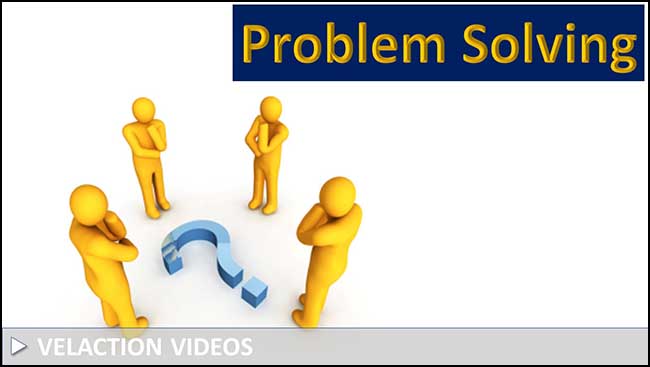Target Condition
When most people think of goal setting, KPIs, or improvement metrics in general, they tend to focus on targets. A lead time of 2 days is a target. 97% on time delivery is a target. Productivity of 7.6 units per labor hour is a target.
Setting targets is an integral part of continuous improvement, but there is more to it than that. Targets should be put in context with something called a target condition. In a nutshell, a target condition is a visualization of what a process should look like.

The difference between a target and a target condition is a subtle one. Targets, by their nature, are focused. Target conditions, on the other hand, are more general visualizations of what a process should look like.
For example, a call center might have a target ASA (average seconds to answer—a common metric for a phone center) of 23 seconds. The problem with having a metric like that, in the absence a vision, is that it can give tunnel vision.
A target condition might be “Our call center should have the flexibility so that customers calling our company can be greeted by an energetic employee who is ready to provide help within 23 seconds of placing a call. The employee should provide a quick resolution to the problem without making the customer feel rushed. It is important, though, that employees should not be asked to spend their day idly waiting for calls when demand is low.”
Target conditions lets you ask more conceptual questions than a simple target does. When comparing the current state to the target condition, there is more “meat”. You can think in terms of obstacles and tangible ideas, not just numbers.
“What is keeping our employees from being energetic?” “Why are customers reporting that they feel hurried off the phone?” “How do we keep employees actively engaged when the phones are quiet?” “Where can we find people to answer phones during peak periods?” And, of course, “What is delaying our employees from answering the phone within 23 seconds?”
Targets are useful because they let you measure something specific. Target conditions are useful because they help make sure that your targets don’t blind you to the big picture.



0 Comments